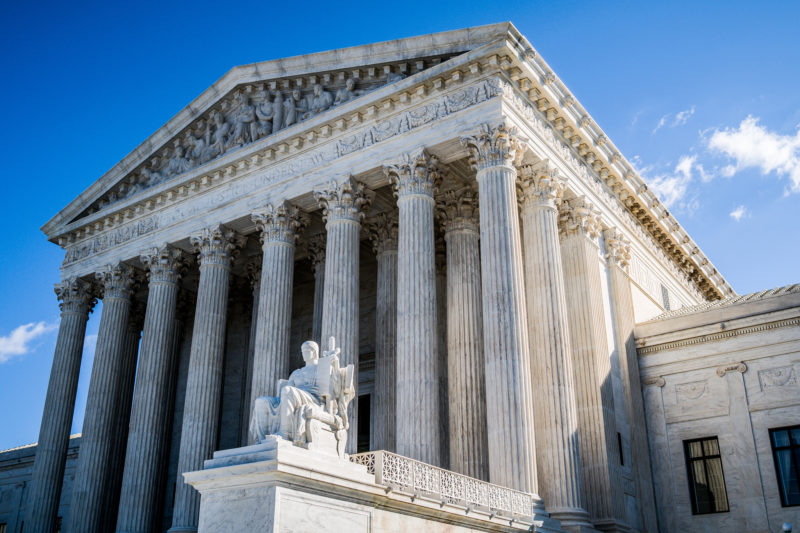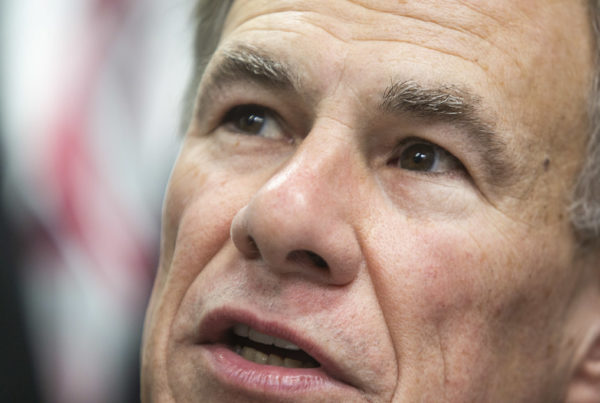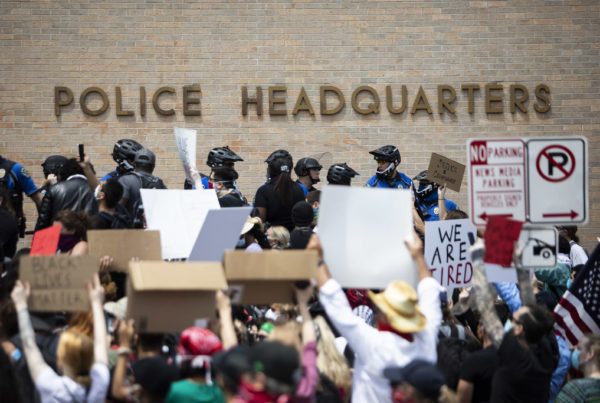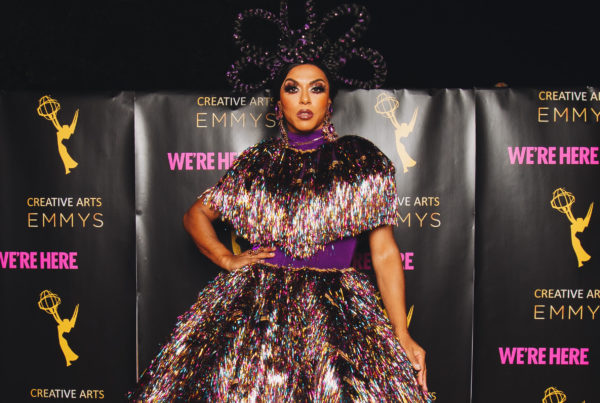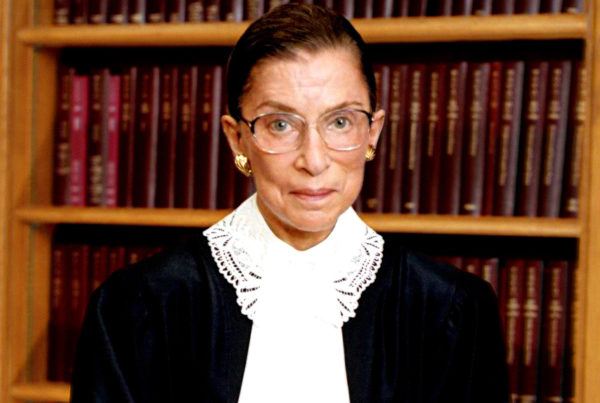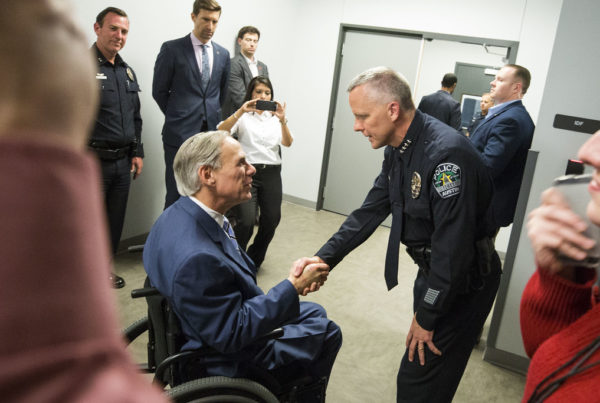When asked when there will be enough women on the U.S. Supreme Court, the late Justice Ruth Bader Ginsburg famously said, “When there are nine,” noting that no one’s ever raised a question about nine men serving on the court.
It is likely that President Donald Tump will nominate a woman to replace Justice Ginsberg, who died last week. Amy Coney Barrett, a judge on the U.S. Court of Appeals for the 7th Circuit in Chicago has emerged as a front-runner on the president’s shortlist. If nominated and confirmed, she would be the fifth woman ever to serve on the high court.
Renee Knake Jefferson is a law professor at the University of Houston. She recently published the book, “Shortlisted: Women in the Shadows of the Supreme Court.” She told Texas Standard that Ginsburg’s legacy on the court and during her time as a civil rights lawyer is significant.
“She had such an impact on women’s lives for generations, and a real cultural influence,” Jefferson said.
She said Ginsburg’s greatest impact was sometimes felt in the dissenting opinions she wrote. That included the Ledbetter v. Goodyear Tire and Rubber Company case, which concerned pay equity.
“Even though she did not command the attention of the majority of the Court, Congress heard her, and the first bill that President [Barack] Obama signed when he became president was to, in fact, do what Justice Ginsburg called for in that dissent.”
The Lilly Ledbetter Fair Pay Act requires that women receive equal pay for performing the same job as a man.
Jefferson said Amy Coney Barrett, who was appointed to the federal bench by Trump in 2017, is something of an unknown quantity as a judge. Before ascending to the bench, she was a “highly regarded” constitutional law professor at Notre Dame University.
“She is certainly thought by feminist groups to be a certainly more conservative nominee. But it’s impossible to predict with any certainty how she would decide a particular case if, in fact, she ends up on the U.S. Supreme Court,” Jefferson said. “Although I imagine that if she is the nominee, she will get lots of questions about that during her Senate confirmation hearings.”
Jefferson said women have long appeared on the shortlists of presidents anticipating the need to fill a Supreme Court vacancy. The first known case was that of President Richard Nixon, who shortlisted two women in 1971, but didn’t appoint either to the high court. Jefferson said he never intended to nominate them.
“He would say things in the Oval Office like he thought women shouldn’t be allowed to vote. But he wanted their votes,” Jefferson said.
President Ronald Reagan, who also had a shortlist of candidates that included women, appointed the first female justice, Sandra Day O’Connor, in 1981.
Jefferson said Trump knows women voters will pay attention to his choice of nominee. Choosing a conservative woman, who may not uphold abortion rights, could limit the amount of benefit Trump might gain from choosing a woman.
The small number of women who have served on the high court and in the federal judiciary generally limits the breadth of female perspectives available, Jefferson said.


